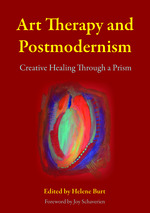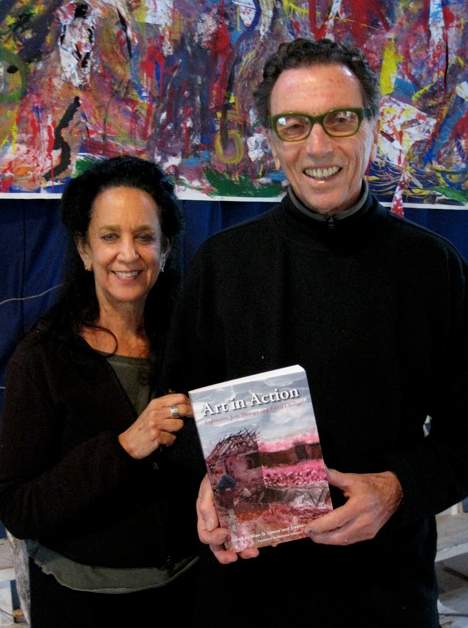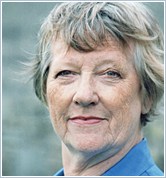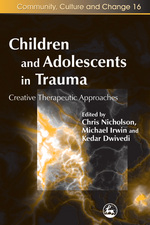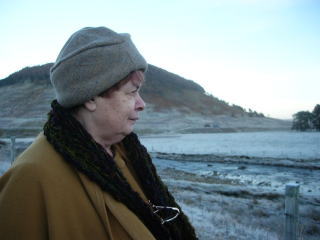Using creative activities to help young people achieve their therapeutic goals and build a positive self-concept
“I think the most common problem I encounter with the students I work with is defiance – not doing what is asked of them in the classroom setting. However, after working with the student and finding out more about him, there are almost always other issues that are impacting the student and influencing his behavior. He may be behind his peers academically and feel embarrassed in the classroom… She may not have a consistent place to live or not know where her next meal is coming from each day. Arts-based activities provide students with a safe outlet to discuss these issues and allow the student and counselor to identify ways to handle them.”

